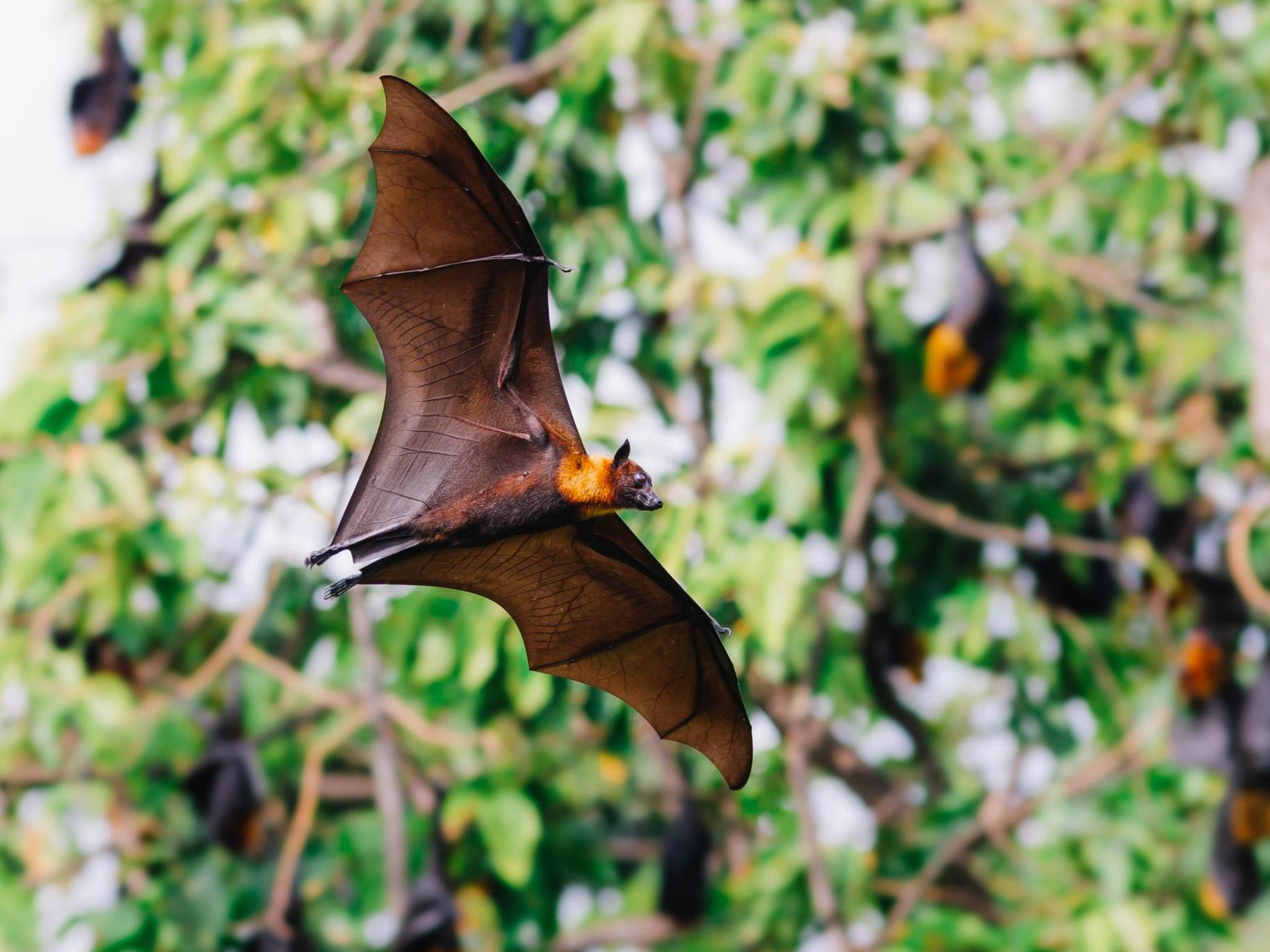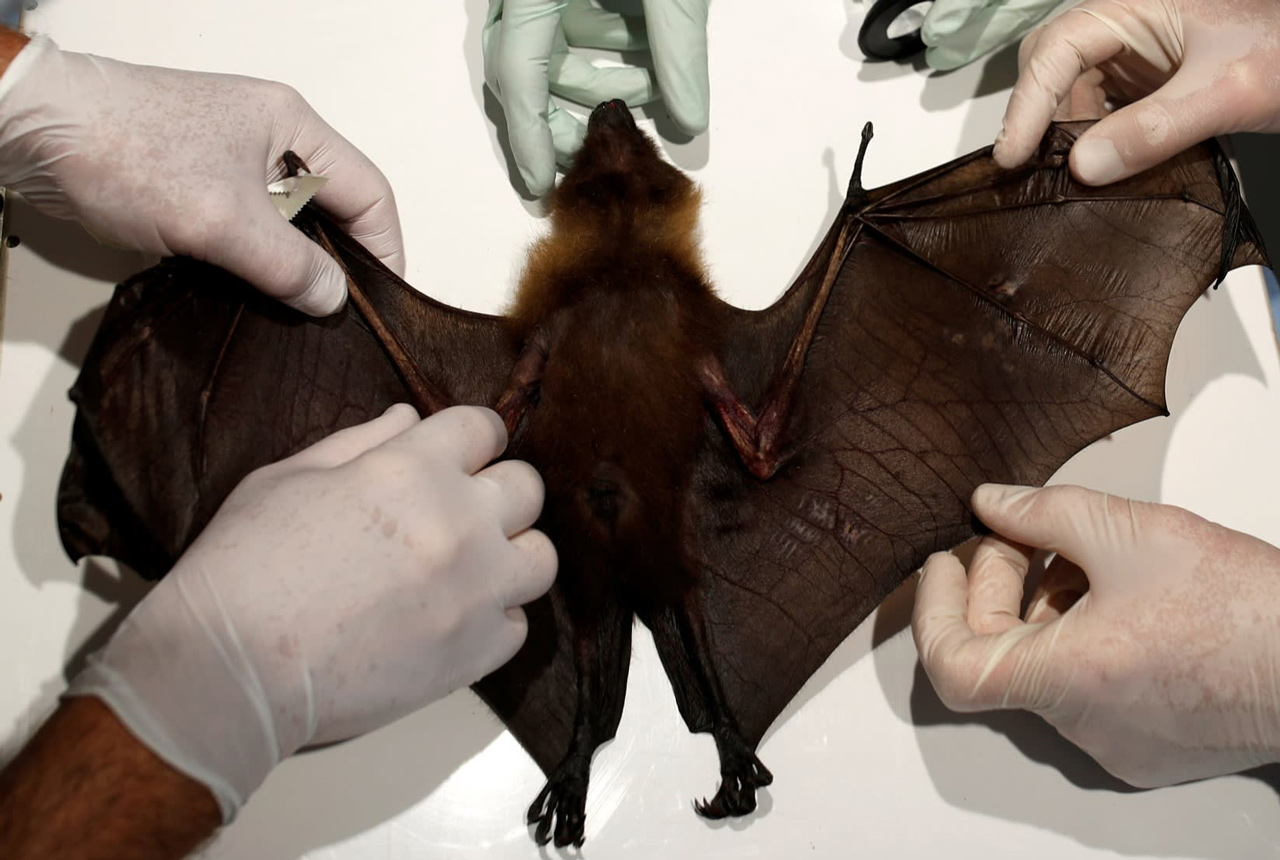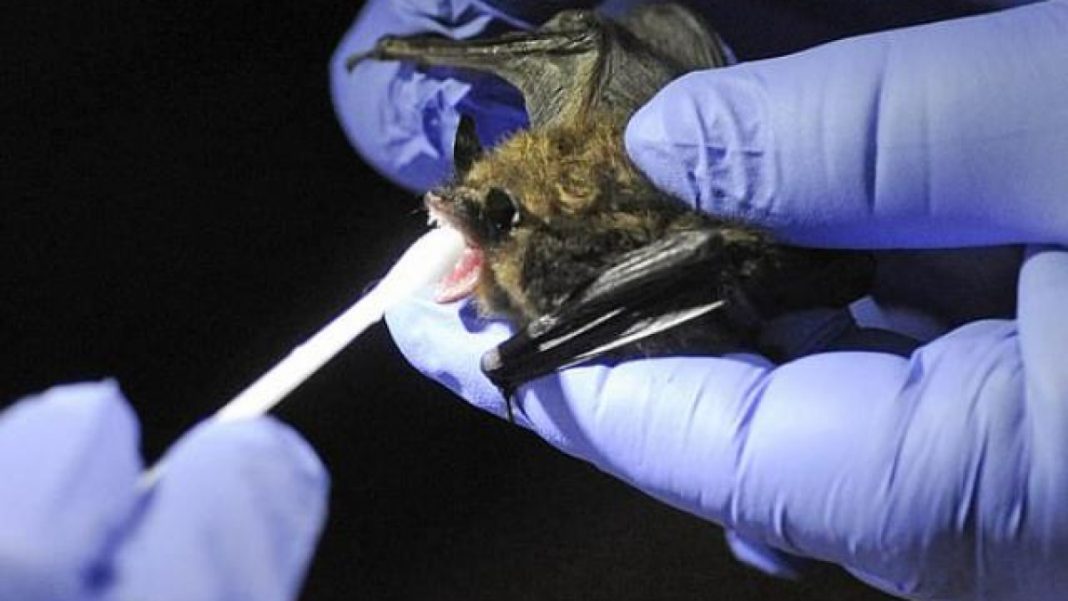In a highly connected world, an outbreak in one place endangers the entire globe, just as the coronavirus did. And the Brazilian team is just one among many worldwide racing to minimize the risk of a second pandemic this century.
To some, it might seem too soon to contemplate the next global outbreak, with the world still grappling with the devastating fallout of the ongoing one.
But scientists say it’s highly like that, without savvy intervention, another novel virus will jump from animal to human host and find the conditions to spread like wildfire.
It’s no coincidence that many scientists are focusing attention on the world’s only flying mammals — bats.

Bats are thought to be the original or intermediary hosts for multiple viruses that have spawned recent epidemics, including Covid-19, Sars, Mers, Ebola, Nipah virus, Hendra virus and Marburg virus.
A 2019 study found that of viruses originating from the five most common mammalian sources — primates, rodents, carnivores, ungulates and bats — those from bats are the most virulent in humans.
Bats and other animals that carry pathogens don’t innately pose a risk to humans — unless conditions are right for a spillover event. “The virus has to come out of the host for us to get infected,” said Cara Brook, a disease ecologist at the University of California, Berkeley.

One approach that won’t help, scientists say, is treating bats as the enemy — vilifying them, throwing stones or trying to burn them out of caves.
This spring, villagers in the Indian state of Rajasthan identified bat colonies in abandoned forts and palaces and killed hundreds. They also sealed some crevices where the bats lived, effectively trapping them. In the Indian state of Karnataka, villagers cut down old trees where bats tend to roost.
Scientists say those tactics are likely to backfire.
An investigation by the US Centers for Disease Control and Prevention and Ugandan health authorities found that, after a mining operation attempted to exterminate bats from a cave in Uganda, the remaining bats exhibited higher infection levels of Marburg virus.















